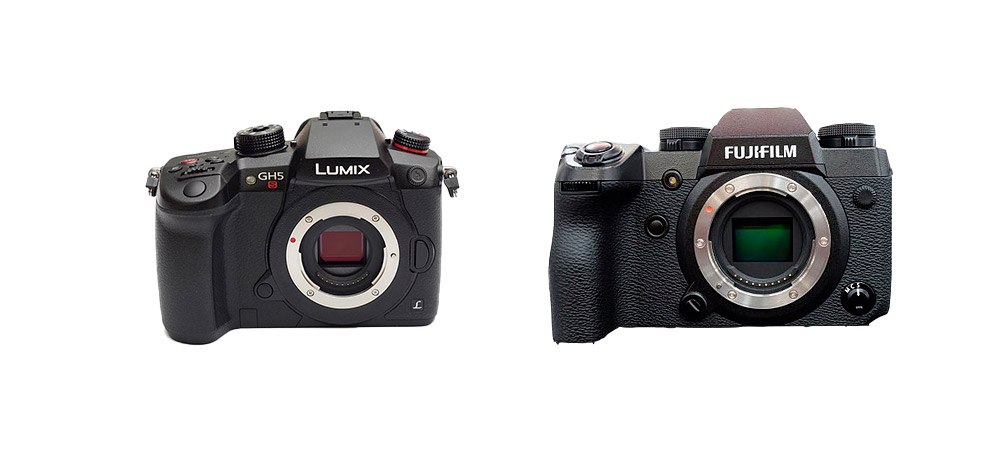Video is here to stay and it will only get bigger.
It’s been about ten years since Nikon introduced video mode in its D90 camera. And now, every camera (and smartphone) has a video mode. Even more, almost every new camera and smartphone can now shoot not only in Full HD but also in 4K.
Nowadays, video mode on a camera seems to be as important as photo mode.
In mirrorless world, Panasonic seems to have captured a wide audience with their amazing cameras with a lot of video features. In this post I’m going to look at one of their latest cameras – Panasonic Lumix GH5s, which features (among many other features):
- 17:9 4K DCI video at 60fps,
- V-Log colour profile,
- 4:2:2 10-bit internal recording,
- Hybrid Log Gamma.
Its sensor may be very small compared to today’s standards (it’s only 10.3MP) but because of lower resolution the size of each pixel has increased and thus making it more sensitive to light. This new GH5s is only capable of better controlling grain and getting better results in low light conditions.
Another camera I want to look at in here is the latest mirrorless camera from Fujifilm – Fujifilm X-H1.
Obviously, both of these cameras can shoot 4K video, that goes without saying. Fuji may not have all these features of Panasonic (it doesn’t have the F-Log colour profiles or zebra stripes) but it’s an equally capable camera. One of the advantages Fuji camera has over the Panasonic is the 5-axis in-body image stabilisation (IBIS), which is capable of 5.5 stops of compensation. It also shoots 17:9 4K video although at 24fps only compared to 60fps on Panasonic.
Both cameras have weather-sealed bodies.
In terms of performance, on Fuji you get 4:2:0 8-bit internal recording (256 colours per each channel) for more freedom when editing footage and applying LUTs. Panasonic goes a step further with 4:2:2 10-bit recording (1024 colours per each channel). Fuji also offers Eterna cine Film Simulation profile. Panasonic can shoot 60fps 4K video (Fuji 30fps) and 240fps Full HD (Fuji 120fps).

